Disclosure: This article contains affiliate links. We may earn a commission from purchases at no extra cost to you, which helps our travel content.
When most people hear 'Roswell,' their minds immediately jump to little green men and flying saucers. But having recently explored this fascinating New Mexico town with my climbing buddy Carlos and his family, I discovered a destination that offers far more terrestrial delights than its extraterrestrial reputation suggests. The juxtaposition of cutting-edge science museums against the backdrop of New Mexico's rugged landscape creates a perfect laboratory for family exploration—where curiosity meets adventure in the most unexpected ways.
Reimagining Science at Roswell's Museums
The Roswell Museum isn't just another roadside attraction capitalizing on UFO mythology—it's a thoughtfully designed space where scientific principles come alive through interactive exhibits. Much like the precision required in a difficult climbing route, the museum curators have balanced entertainment with education masterfully.
The Robert H. Goddard Planetarium, housed within the museum complex, offers an immersive cosmic experience that rivals facilities I've visited in Tokyo. The way the dome projects the night sky reminded me of those perfect evenings bouldering under stars in Joshua Tree—except here, young astronomers can identify constellations without freezing in the desert night air.
For families with science-minded children, the Anderson Museum of Contemporary Art offers a surprising complement, showcasing how artists interpret scientific concepts through various media. The connection between artistic expression and scientific inquiry here mirrors the Japanese concept of shizen (自然)—finding harmony between human creativity and natural order.
Before your museum day, I recommend equipping each family member with a star chart notebook to record observations and questions that arise during planetarium shows. This simple tool transforms passive viewing into active learning.
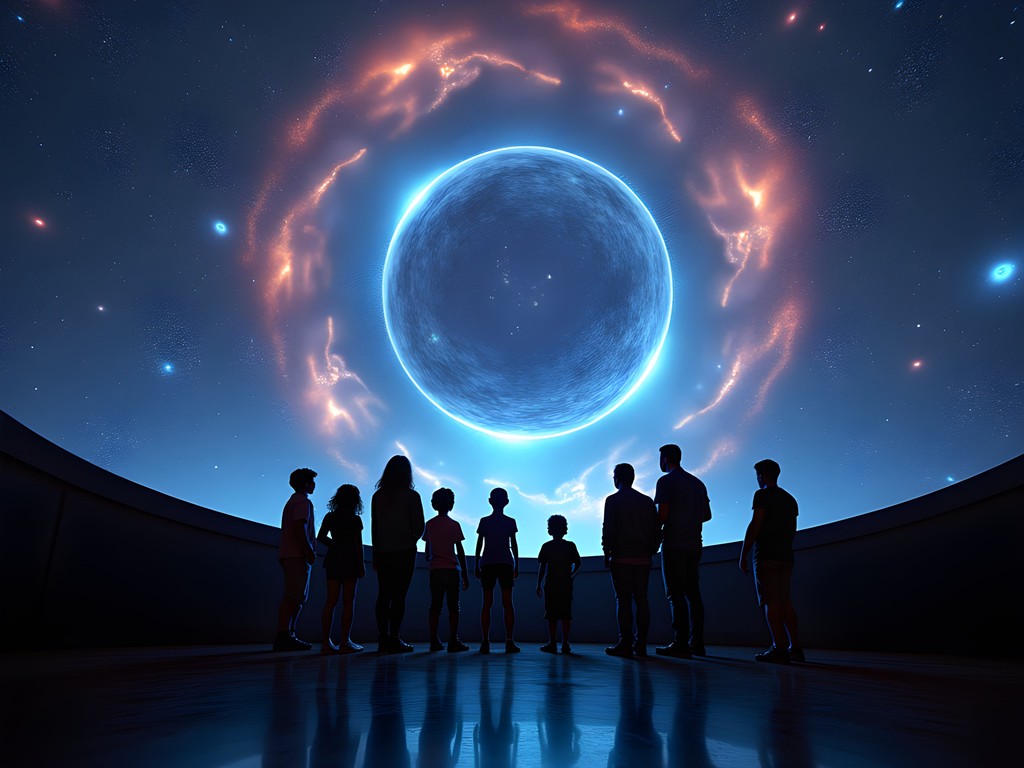
💡 Pro Tips
- Visit the Goddard Planetarium on weekday mornings when shows are less crowded
- The Roswell Museum offers family passes that include planetarium admission—better value than individual tickets
- Pack lunch to enjoy in the museum's outdoor courtyard between exhibits
Bottomless Lakes: Desert Oasis Exploration
Just 15 miles southeast of Roswell lies one of New Mexico's most fascinating geological wonders: Bottomless Lakes State Park. These aren't actually bottomless—they're sinkholes filled with water that appears deep blue due to aquatic plants and limestone deposits. The optical illusion creates a perfect teaching moment about perception versus reality (a concept particularly relevant in UFO country).
The park offers gentle hiking trails circumnavigating the lakes, ideal for families with children of various ages. The terrain reminded me of certain approaches to climbing areas in central Mexico—relatively flat with occasional rocky sections that provide just enough challenge to keep older kids engaged without frustrating younger ones.
Lea Lake, the largest in the park, features a swimming area that's perfect for cooling off during spring afternoons. The juxtaposition of desert landscape against these vibrant blue-green waters creates a striking visual contrast that even smartphone cameras capture beautifully.
For families planning to spend a full day exploring, I strongly recommend bringing a pop-up sun shelter to create a comfortable base camp by the lake. New Mexico's sun intensity can be deceptive, especially for children engaged in water play. Having used similar shelters while belaying climbing partners in exposed areas, I can attest to their value in creating microclimate refuges.
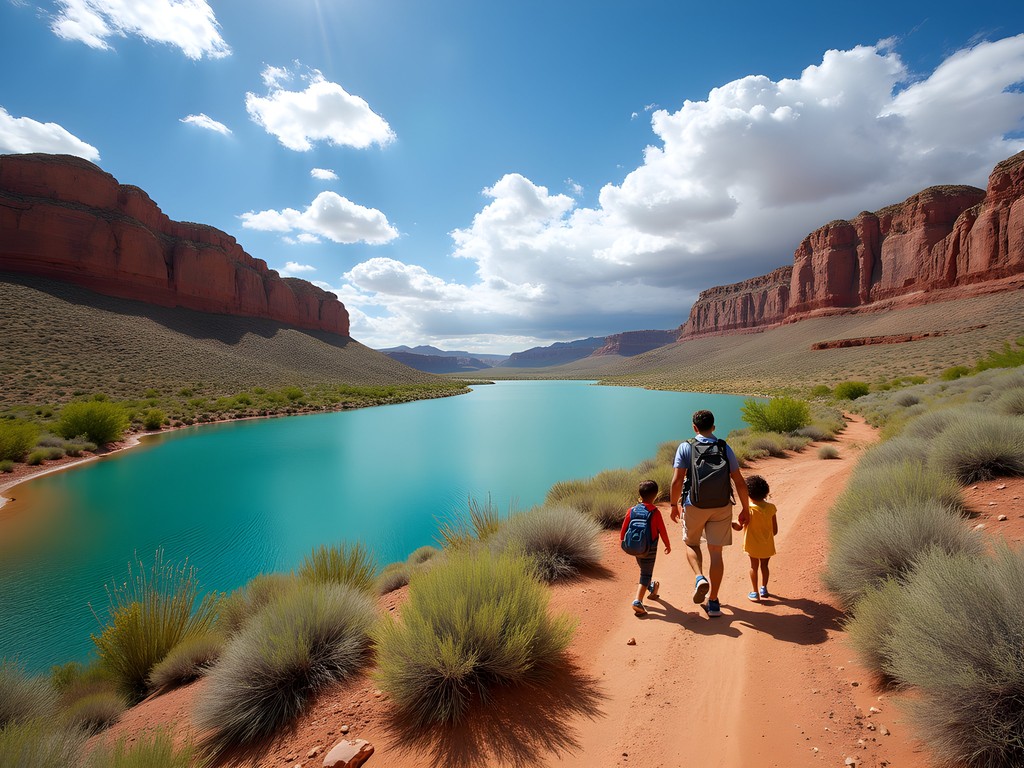
💡 Pro Tips
- Arrive early (before 10am) to secure parking near Lea Lake during busy spring weekends
- The visitor center offers junior ranger programs where kids can earn badges by completing nature-focused activities
- Water shoes are essential for lake swimming as the bottom can be rocky
Spring River Park: Urban Adventure Laboratory
What fascinates me about Roswell's Spring River Park is how it functions as a microcosm of urban-nature integration—something I study extensively in my work with smart cities in Tokyo. The park's 5-mile trail system offers a perfect laboratory for children to observe how waterways, wildlife, and human recreation can coexist harmoniously.
The park's design incorporates several distinct zones: traditional playground equipment for younger children, a zoo featuring regional wildlife, and natural areas where families can observe birds and aquatic species in their native habitat. This multilayered approach to public space mirrors the Japanese concept of ma (間)—the meaningful use of negative space—by creating distinct experiences within a unified whole.
For families visiting during spring, the park's antique wooden carousel operates on weekends, offering a charming contrast to the otherwise nature-focused environment. The juxtaposition reminded me of how traditional craftsmanship often finds unexpected homes in contemporary settings—much like the ancient climbing techniques that still inform modern sport climbing.
To document your family's discoveries throughout the park, consider bringing a waterproof field notebook that can withstand encounters with splash pads and pond explorations. Having used these extensively during climbing expeditions in Norway's unpredictable weather, I can attest to their durability.

💡 Pro Tips
- Tuesday mornings feature a volunteer-led nature walk perfect for identifying local birds and plants
- The splash pad area operates from 10am-6pm during spring—bring towels and a change of clothes
- The zoo section is compact but well-maintained—allocate about 90 minutes for a thorough visit
Cultural Immersion: Beyond the Extraterrestrial
Roswell's identity extends far beyond its UFO associations, with rich Hispanic and Native American cultural influences that deserve exploration. The Historical Center for Southeast New Mexico, housed in a beautifully preserved 1912 prairie-style home, offers children a glimpse into early 20th century life through period rooms and artifacts.
What struck me most was how the center's exhibits mirror the Japanese concept of mono no aware (物の哀れ)—an appreciation for the transience of things. The carefully preserved objects tell stories of adaptation and resilience in a harsh desert environment, themes that resonate regardless of cultural background.
For families with older children interested in art, the Miniatures & Curious Collections Museum presents an unexpected delight. The precision and patience evident in these tiny creations parallel the meticulous attention to detail I've observed in Japanese netsuke carving traditions. The museum's scavenger hunt activity transforms viewing into an engaging challenge.
To enhance cultural immersion, consider picking up a local cookbook and attempting some regional recipes during your stay. If you're renting an Airbnb with kitchen facilities, this becomes a wonderful evening activity after a day of exploration. During my visit, Carlos's family prepared sopapillas using a similar cookbook, creating a memorable hands-on cultural experience for their children.
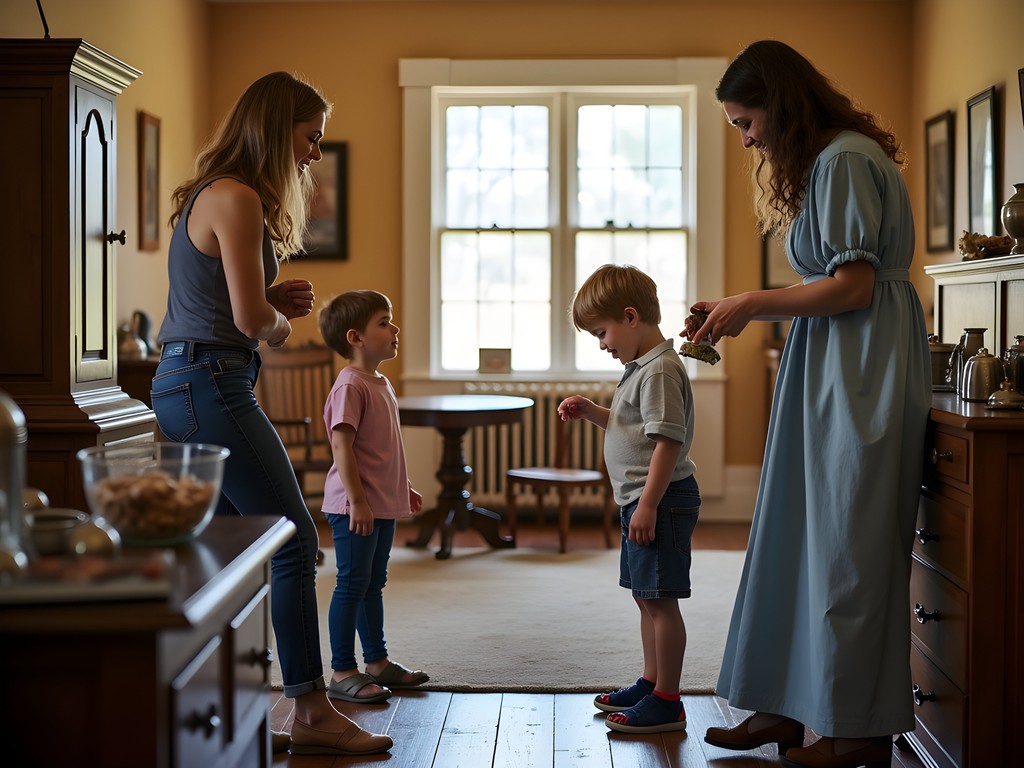
💡 Pro Tips
- The Historical Center offers 'History Detective' backpacks that children can check out, containing period-appropriate games and activities
- Visit the Anderson Museum of Contemporary Art on First Fridays when local artists often demonstrate their techniques
- Many cultural sites offer Spanish-language materials—request them for an authentic bilingual experience
Family-Friendly Climbing and Outdoor Skills
While Roswell isn't known as a climbing destination, the surrounding region offers accessible opportunities for families to experience vertical adventures. Bottomless Lakes State Park features several beginner-friendly bouldering spots where children can develop fundamental movement skills without specialized equipment.
For families interested in a more structured introduction to climbing, Lincoln National Forest is within day-trip distance (about 75 minutes by car). The granite formations at Cedar Creek offer several routes appropriate for beginners, with solid holds and straightforward movement patterns that build confidence.
What makes this region particularly valuable for introducing children to climbing is the clear visual relationship between geological processes and the resulting formations. The stratified layers visible in many rock faces create a natural classroom for discussing earth science concepts while developing physical skills.
For families new to climbing, I recommend investing in a kids climbing starter kit before your trip. Having proper-fitting gear designed specifically for children makes the experience significantly more comfortable and engaging. Additionally, a climbing chalk ball helps young climbers manage sweaty hands in the dry New Mexico climate—a simple tool that dramatically improves the experience for beginners.
During Carlos's daughter's first climbing experience near Roswell, I noticed how quickly she connected concepts from her science class to the rock formations we were exploring—a perfect example of experiential learning that transcends traditional educational boundaries.
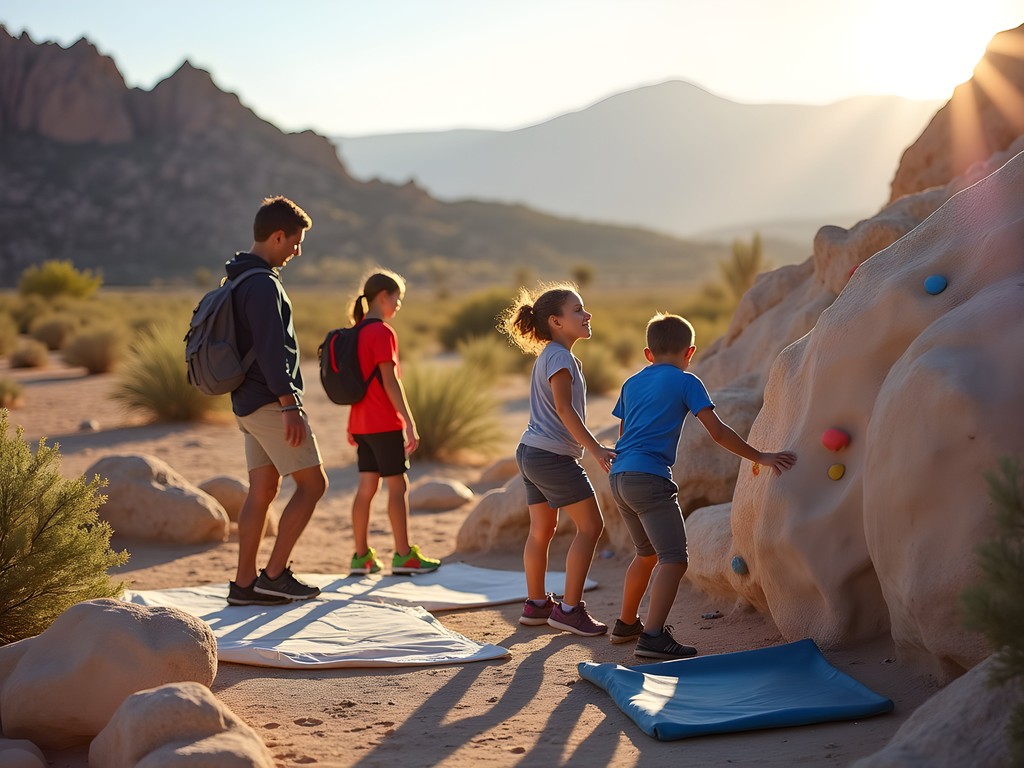
💡 Pro Tips
- Schedule climbing activities for morning hours when temperatures are most comfortable
- Bring twice as much water as you think you'll need—the desert air creates deceptive dehydration
- Take frequent breaks to discuss the geological features you're seeing and climbing on
Final Thoughts
Roswell offers families a rare combination of scientific inquiry, outdoor adventure, and cultural exploration—all within an accessible mid-range budget framework. What makes this destination particularly valuable is how it naturally facilitates connections between seemingly disparate domains: astronomy and geology, art and science, physical challenge and intellectual curiosity.
The town's UFO mythology serves as a perfect entry point for deeper conversations about evidence, observation, and the scientific method. Rather than dismissing the extraterrestrial associations, use them as a springboard for critical thinking exercises with your children.
As I watched Carlos's children transition from excited speculation about aliens to thoughtful questions about planetary science at the planetarium, I witnessed the true value of travel—not just seeing new places, but developing new frameworks for understanding our world. Whether you're scaling small boulders at Bottomless Lakes or tracking the movement of stars at the Goddard Planetarium, Roswell provides environments where families can grow together through shared discovery.
The question isn't whether there's life beyond Earth—it's how fully we can engage with the wonders of this planet, right here beneath our feet and within reach of curious hands.
✨ Key Takeaways
- Roswell's science museums offer sophisticated educational experiences that transcend UFO kitsch
- Surrounding natural areas provide perfect laboratories for combining physical activity with environmental learning
- Cultural institutions highlight the region's diverse heritage beyond its extraterrestrial associations
- Spring offers ideal weather conditions for balancing indoor museum visits with outdoor exploration
- The destination works well for families seeking to combine educational value with recreational opportunities
📋 Practical Information
Best Time to Visit
March through May
Budget Estimate
$150-200 per day for a family of four
Recommended Duration
4-5 days
Difficulty Level
Easy

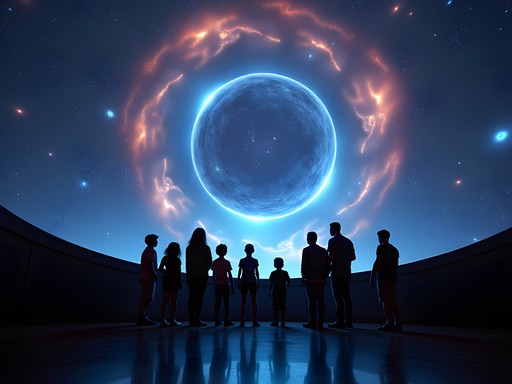

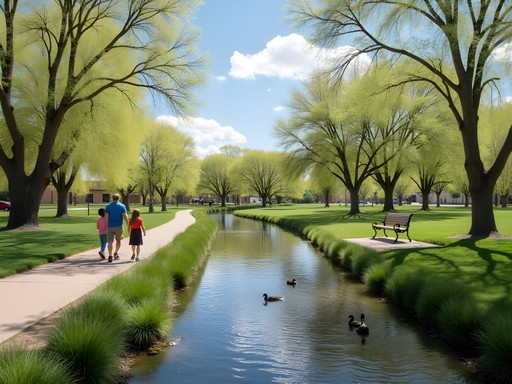




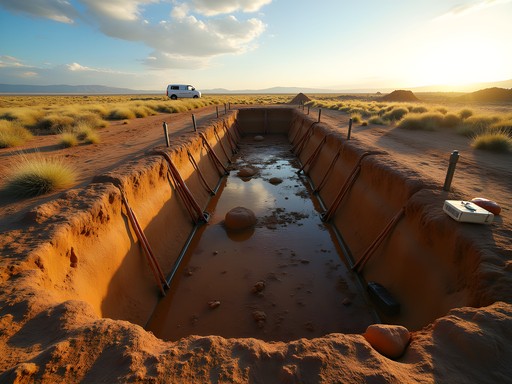

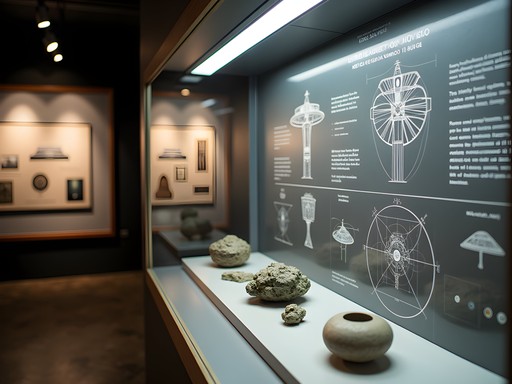

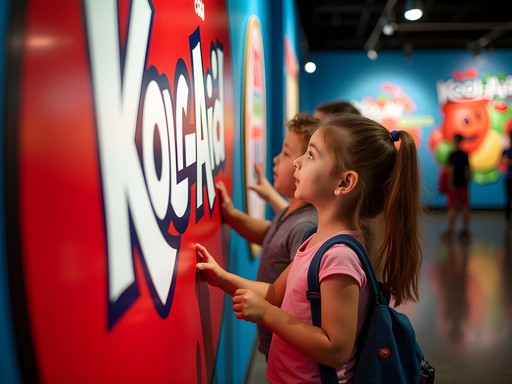
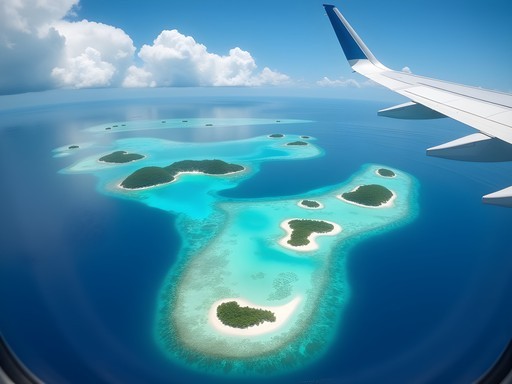
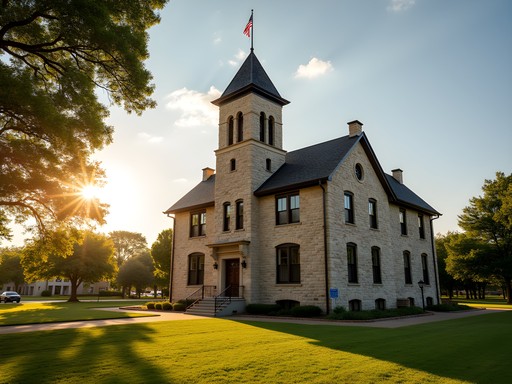

Comments
Marco Flores
I visited Roswell last year expecting nothing but alien kitsch, and was completely surprised! The Bottomless Lakes were a revelation - I spent a whole day kayaking and hiking around them. The colors at sunset are unbelievable. Diego, did you try the stargazing program they run at the park? The night sky there is among the clearest I've seen in North America, almost as good as the high desert in Chile. I recommend bringing a decent pair of binoculars if you're into astronomy - the rangers can point out some amazing celestial features.
Venture X
Premium card with 2X miles, $300 travel credit, Priority Pass